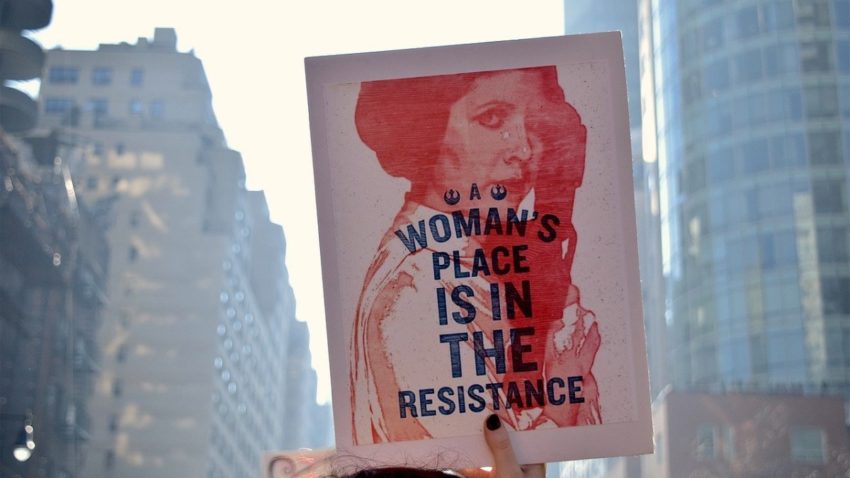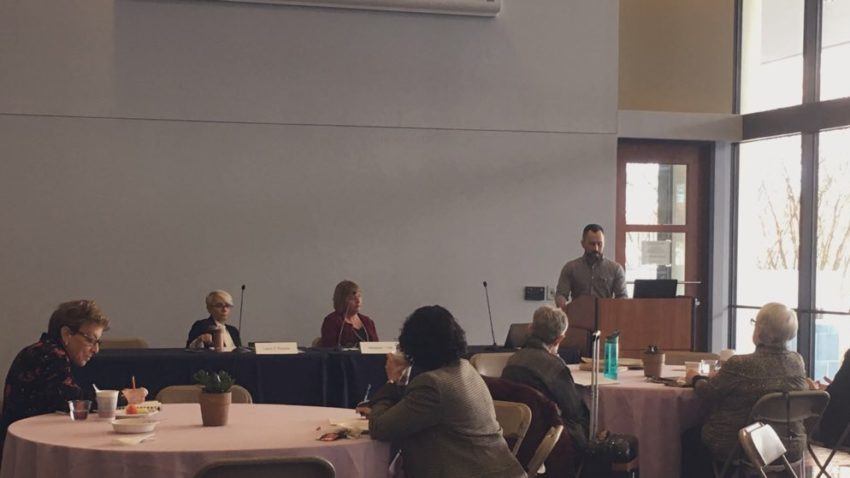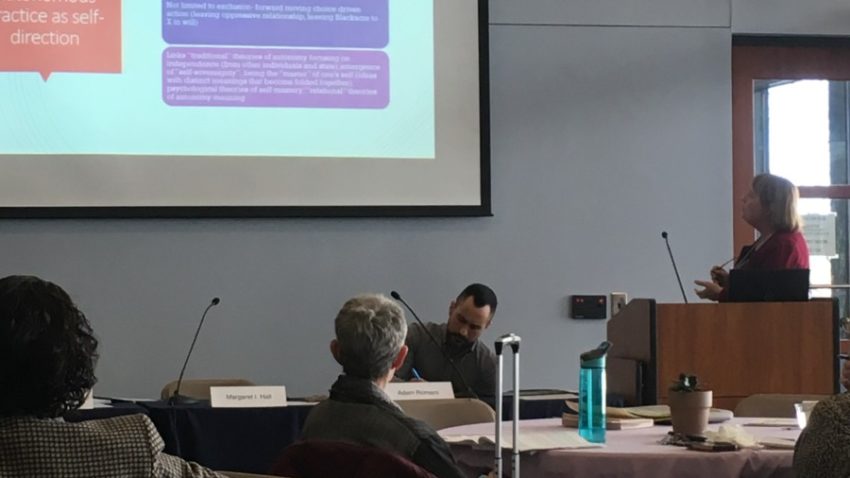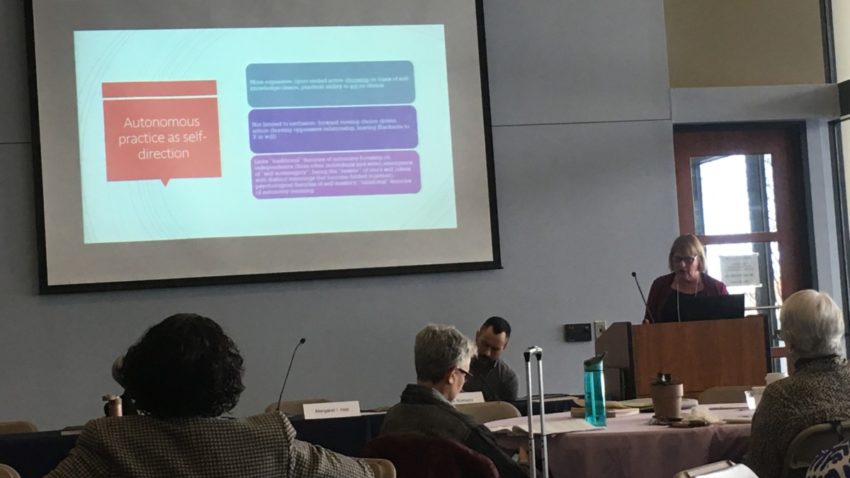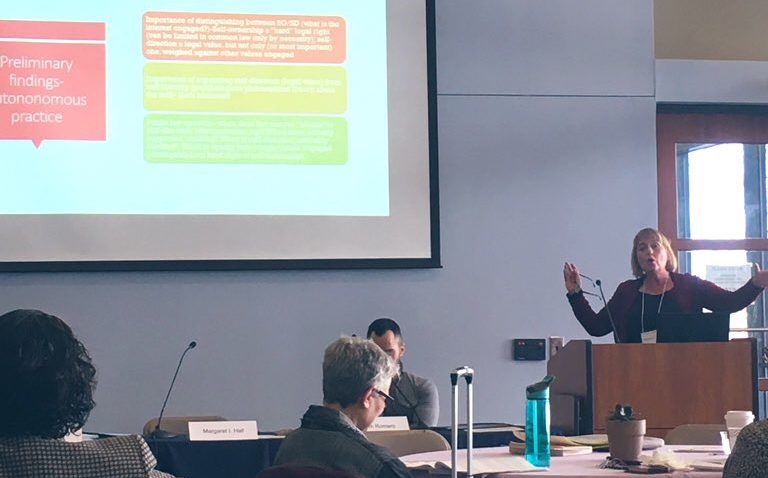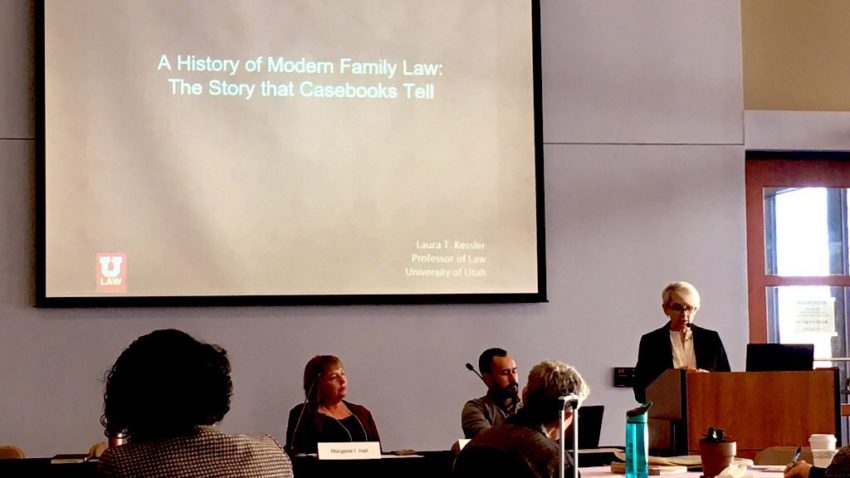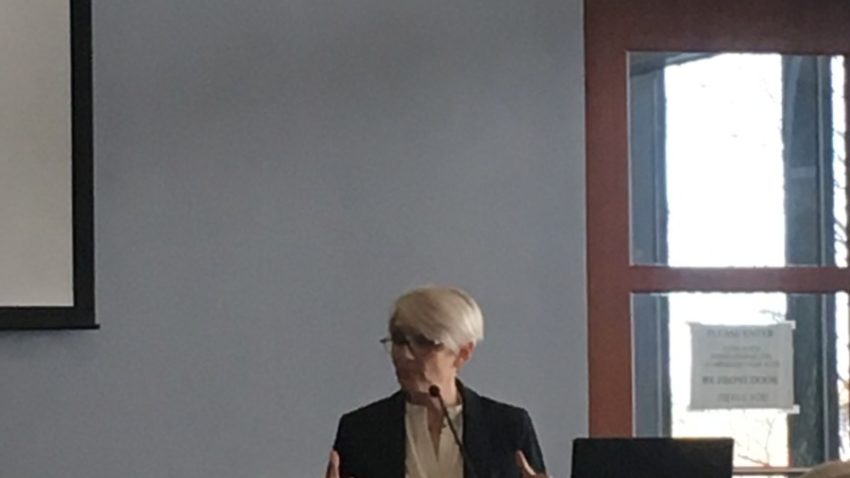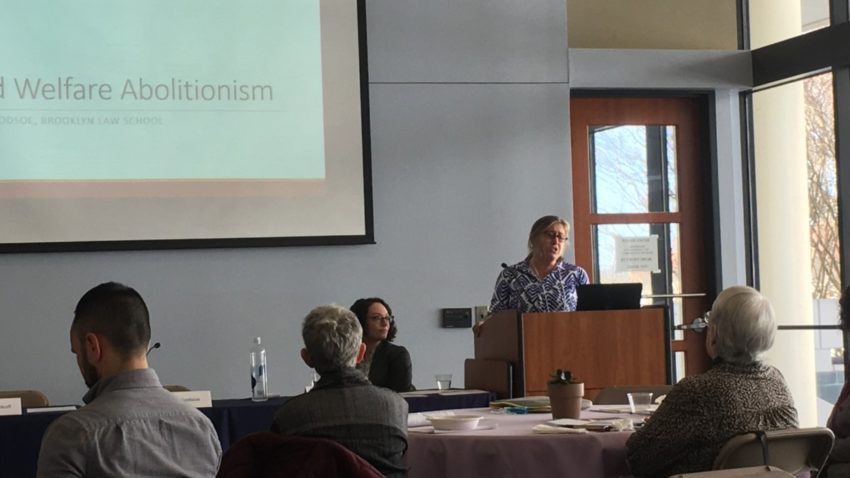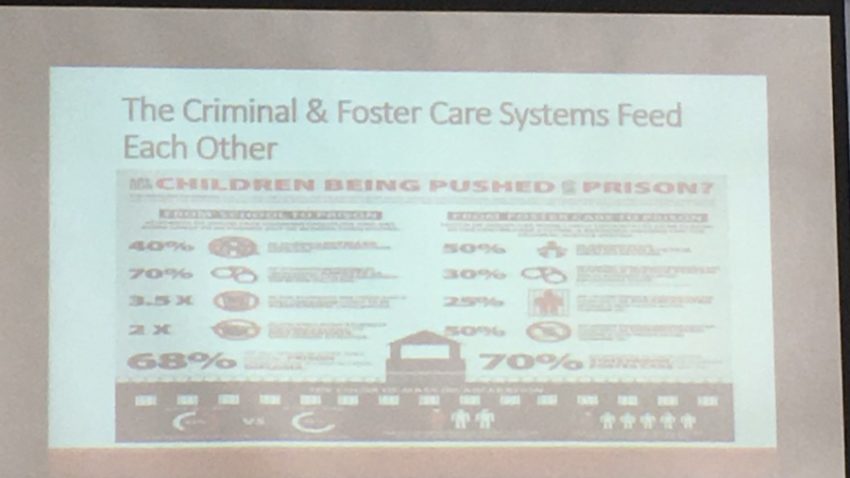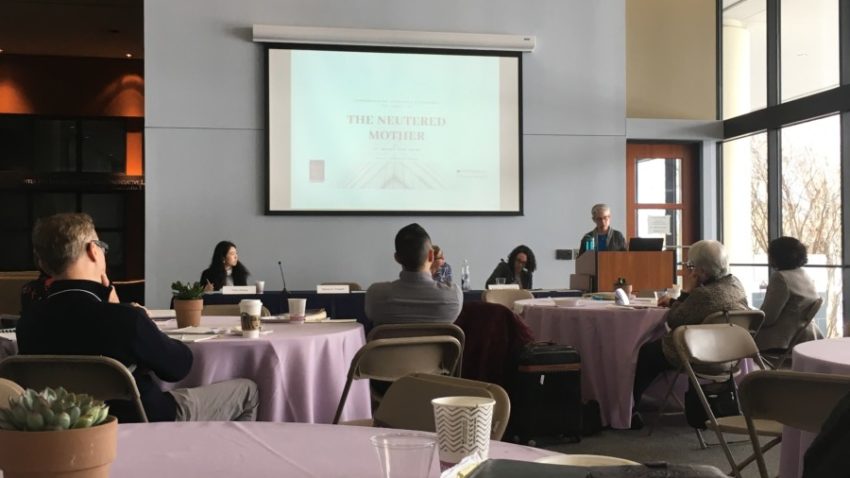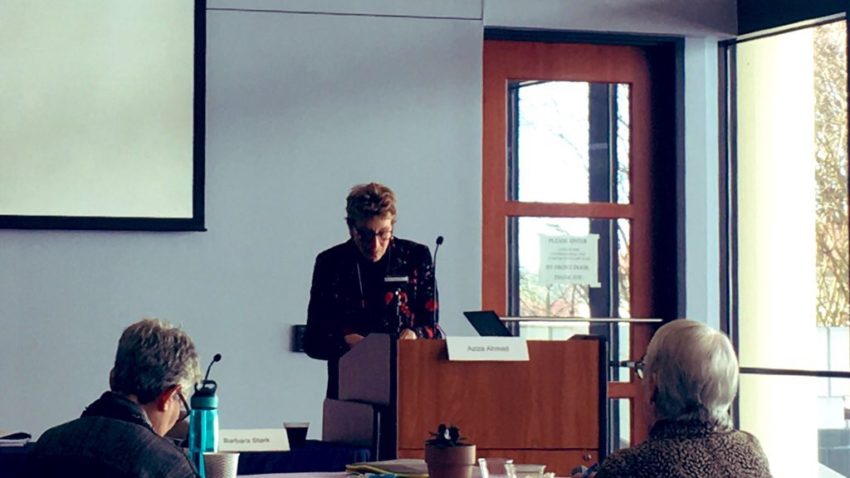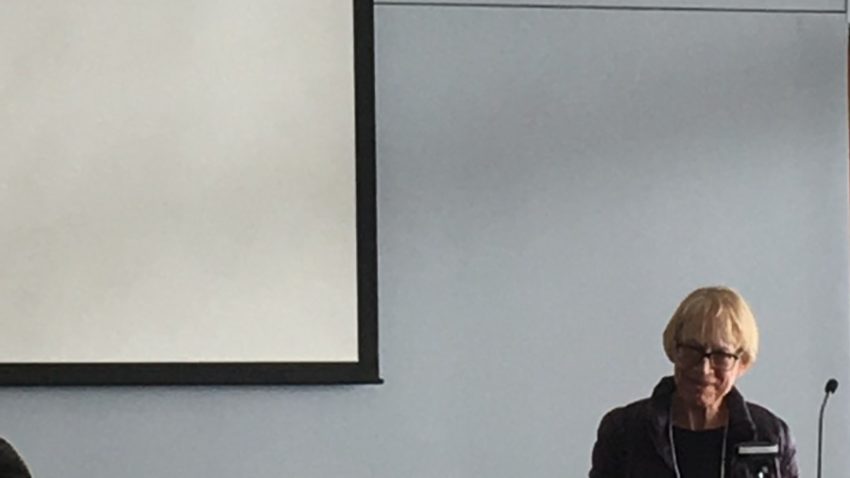by Martha Albertson Fineman and Silas W. Allard

“Returning to the “still face paradigm,” we might ask: what lessons are inevitably learned by those currently struggling within a society that appears unresponsive to human need and suffering? How should we respond when the state is unresponsive? Contemporary Western societies are typically organized around values of individualism and autonomy and reflect a faith in free market “principles” to provide for the collective welfare.7 In its extreme form (as in the United States of America), the state is seen as mostly unnecessary to individual and institutional prosperity and urged to get out of the way. In this type of neoliberal market-oriented society, belief in privatization and efficiency have not only prevailed, but triumphed, over more socially attentive and responsive models of society. What happens to social cohesion and trust when the individual is held to expectations imposed by a regime of “personal responsibility,” tempered slightly by some recognition of “individual rights” against state excesses? It is a society built around competition, not compassion.
The primary concern of this chapter is the damage that occurs to the social fabric of a society when the failure to thrive is blamed on the individual, and the social institutions and relationships upon which we are all dependent have been drained of the resources they need to provide the minimum component of the constitutionally mandated equality of opportunity and access. It laments the incoherence in the related and contingent social institutions that populate the complex global and market-oriented societies that have been created in the past several decades. These are societies where the means for individual survival, as well as the possibilities for flourishing, are cavalierly assumed to be within an individual’s grasp, ideally not requiring any sustained governmental responses.
Rather than accepting this designation of individual responsibility, we should be asking ourselves, and those politicians and policy makers who shape our institutions, a bevy of hard questions; we should be demanding answers that reflect at least some recognition of social responsibility. To start this inquiry, let us ask those politicians obsessed with austerity to imagine what lessons children learn when the books and other materials they are provided in public schools are outdated and incomplete and the equipment required for even a modestly adequate technological education is both worn and sparse? What do these children understand as necessary for a fulfilling life when music and art are missing from the curriculum and physical education is deemed a luxury? How do children understand the value society gives them when the buildings in which they are “educated” are desperately in need of repairs and their local community refuses to generate the resources necessary to address the problem? How do these children understand their society’s sense of justice and fairness when, at the same time they are experiencing deprivation, they see a multimillion dollar sports complex or some other symbol of societal indulgence for the well-off being constructed with the assistance of public resources?
Continue reading Vulnerability, the Responsive State, and the Role of Religion
